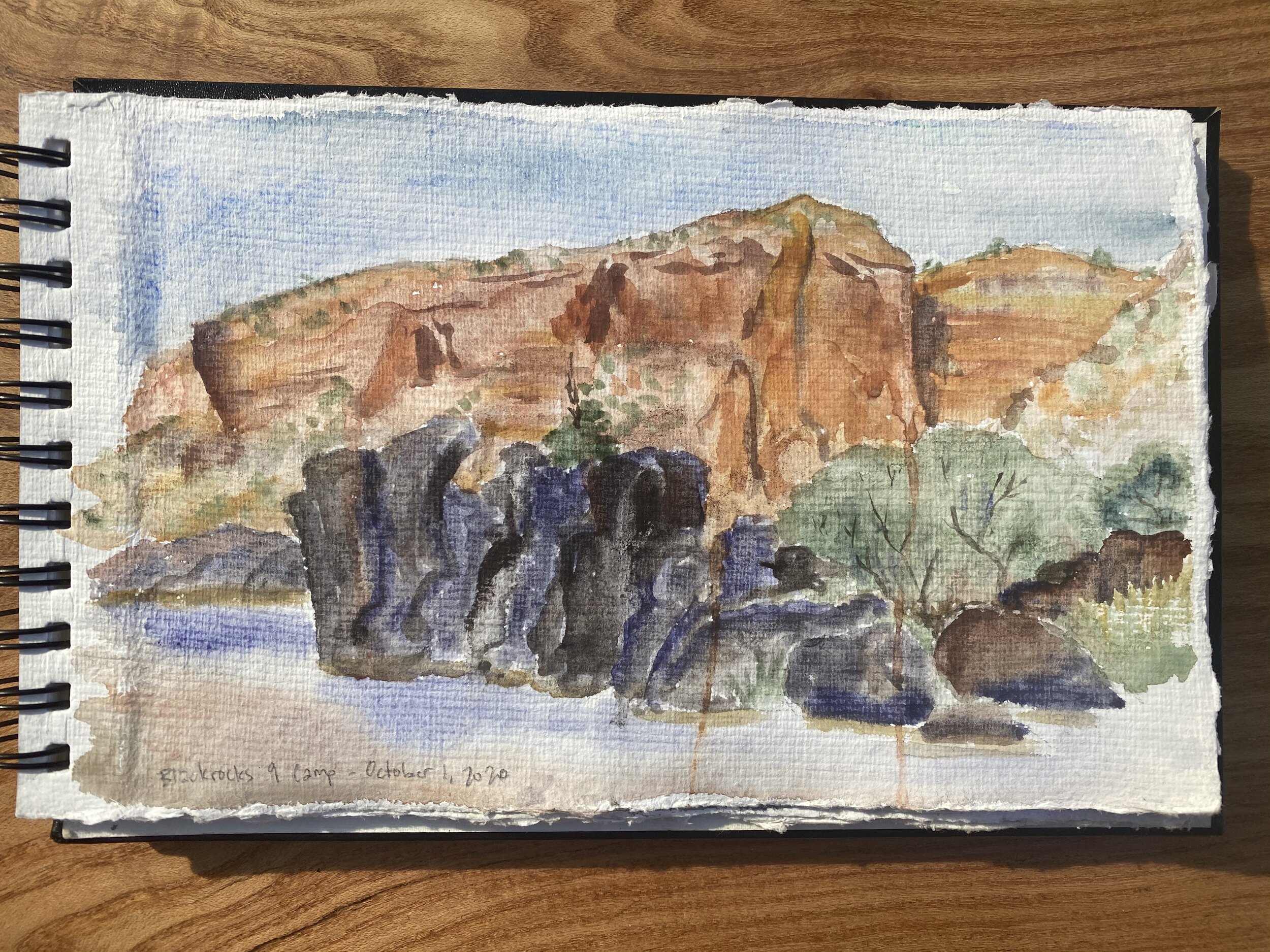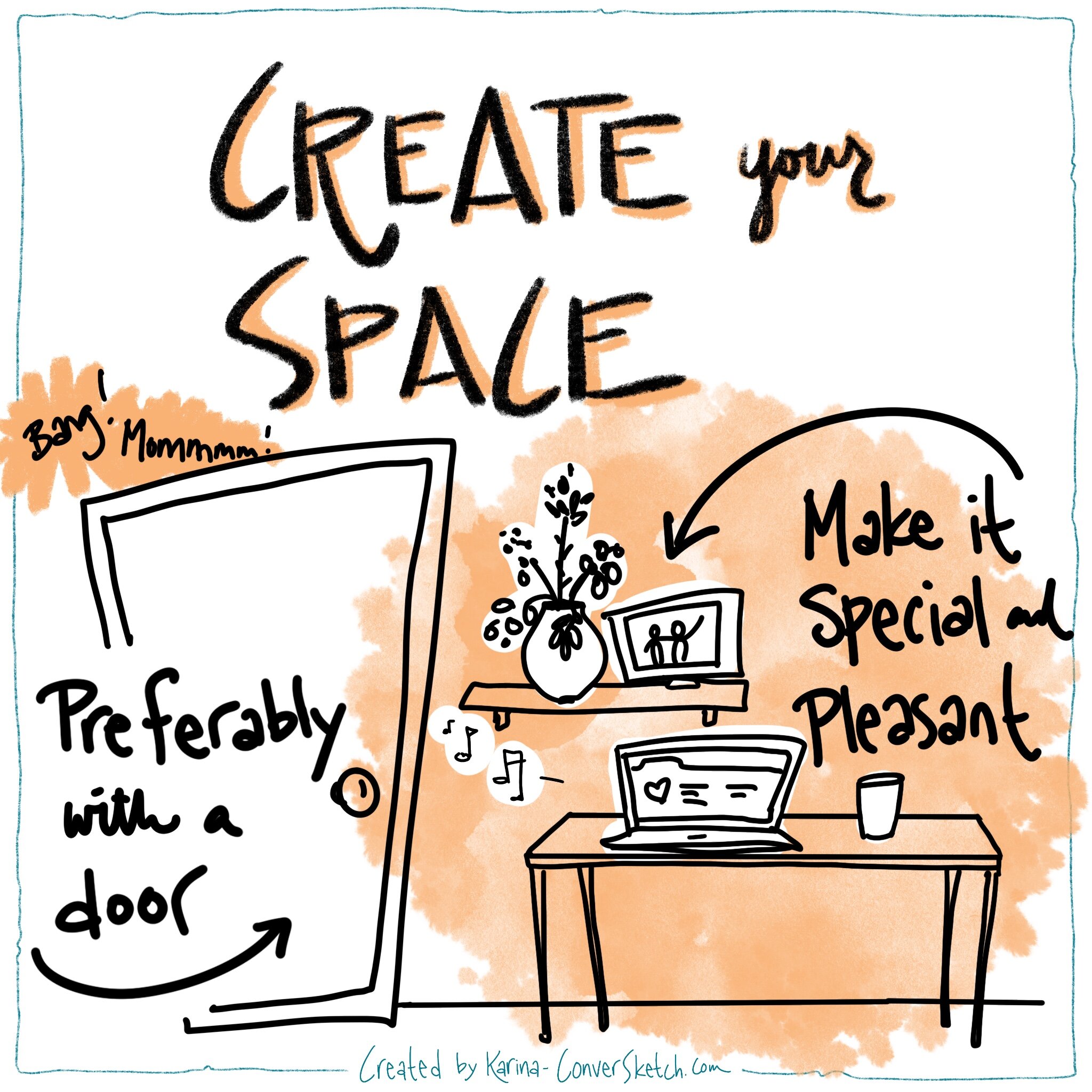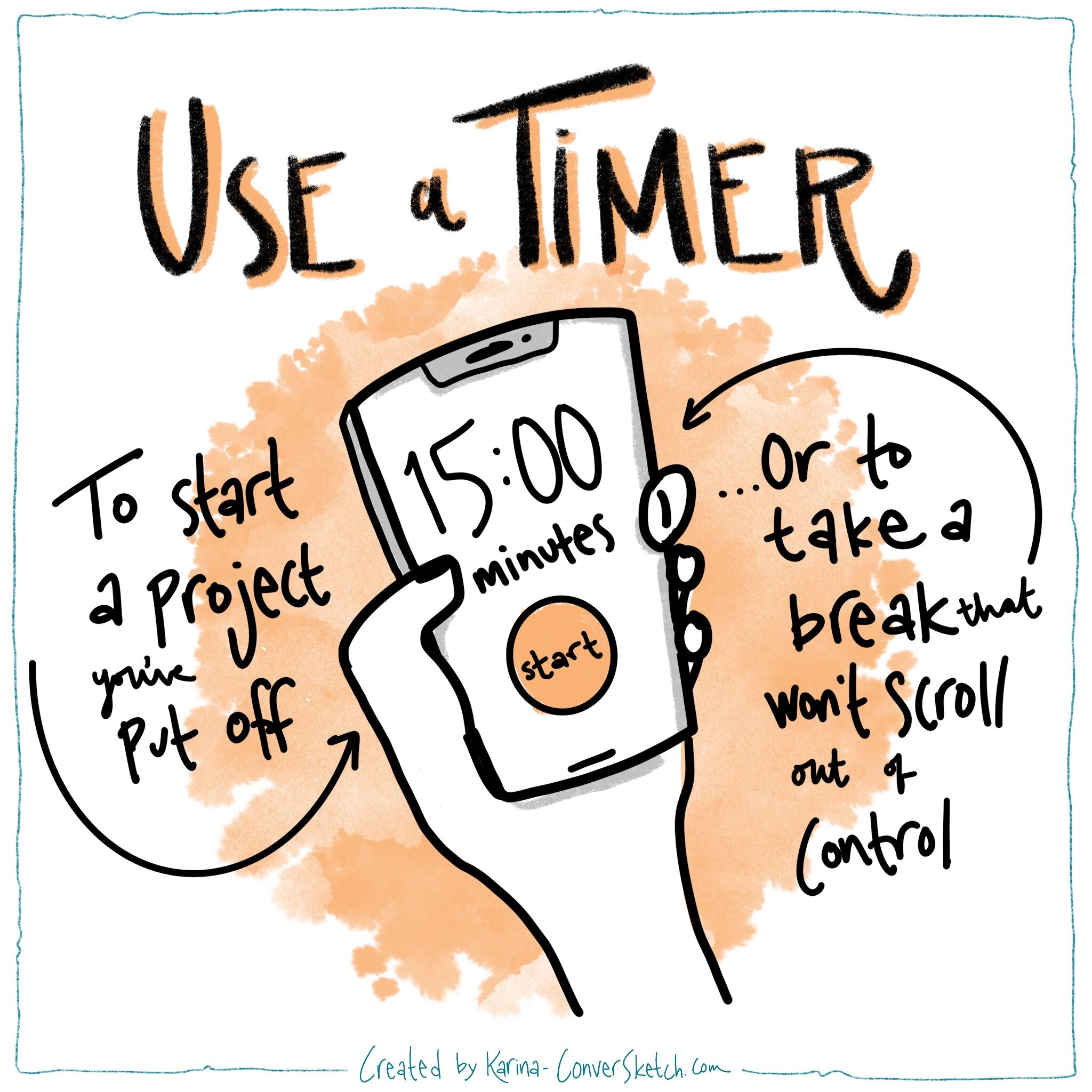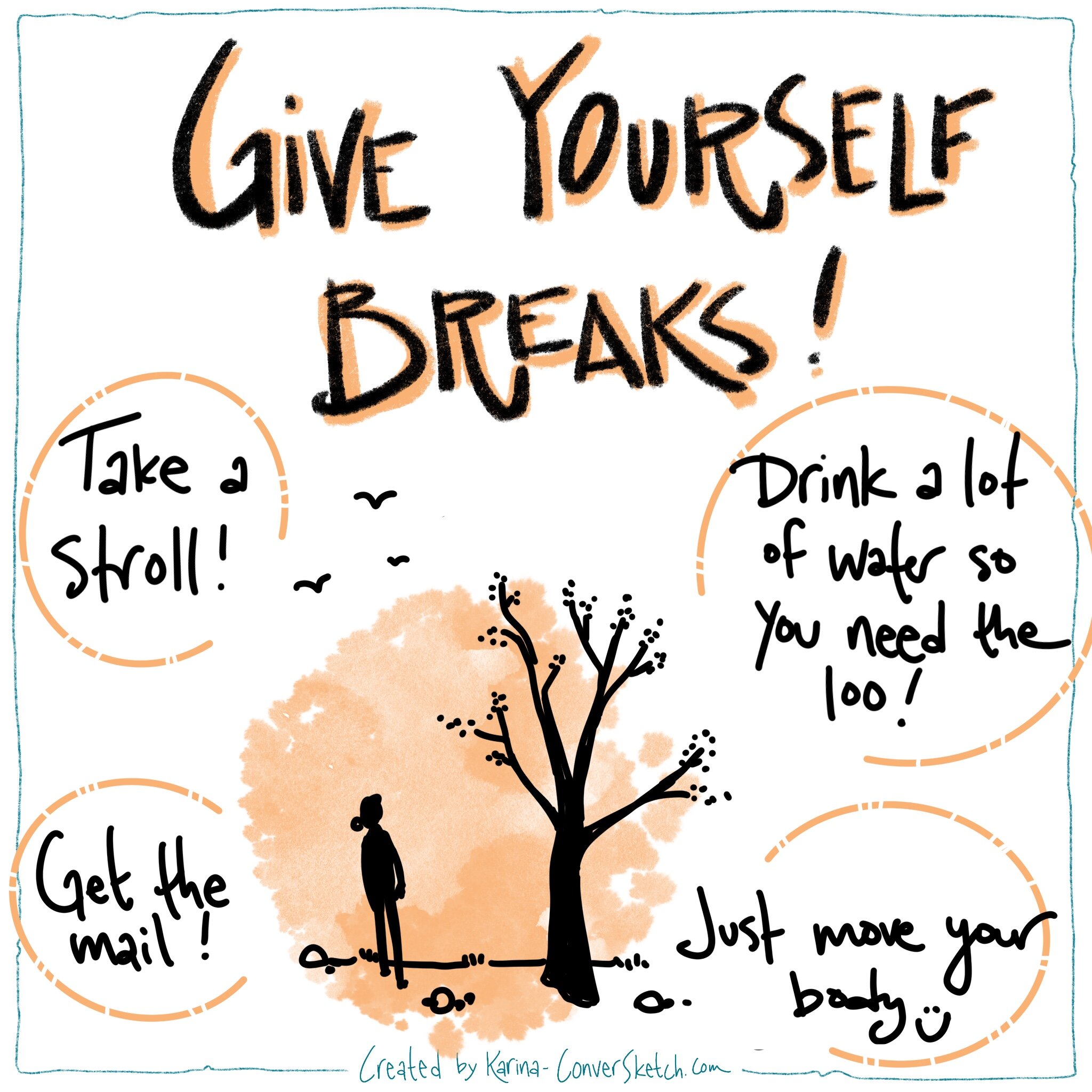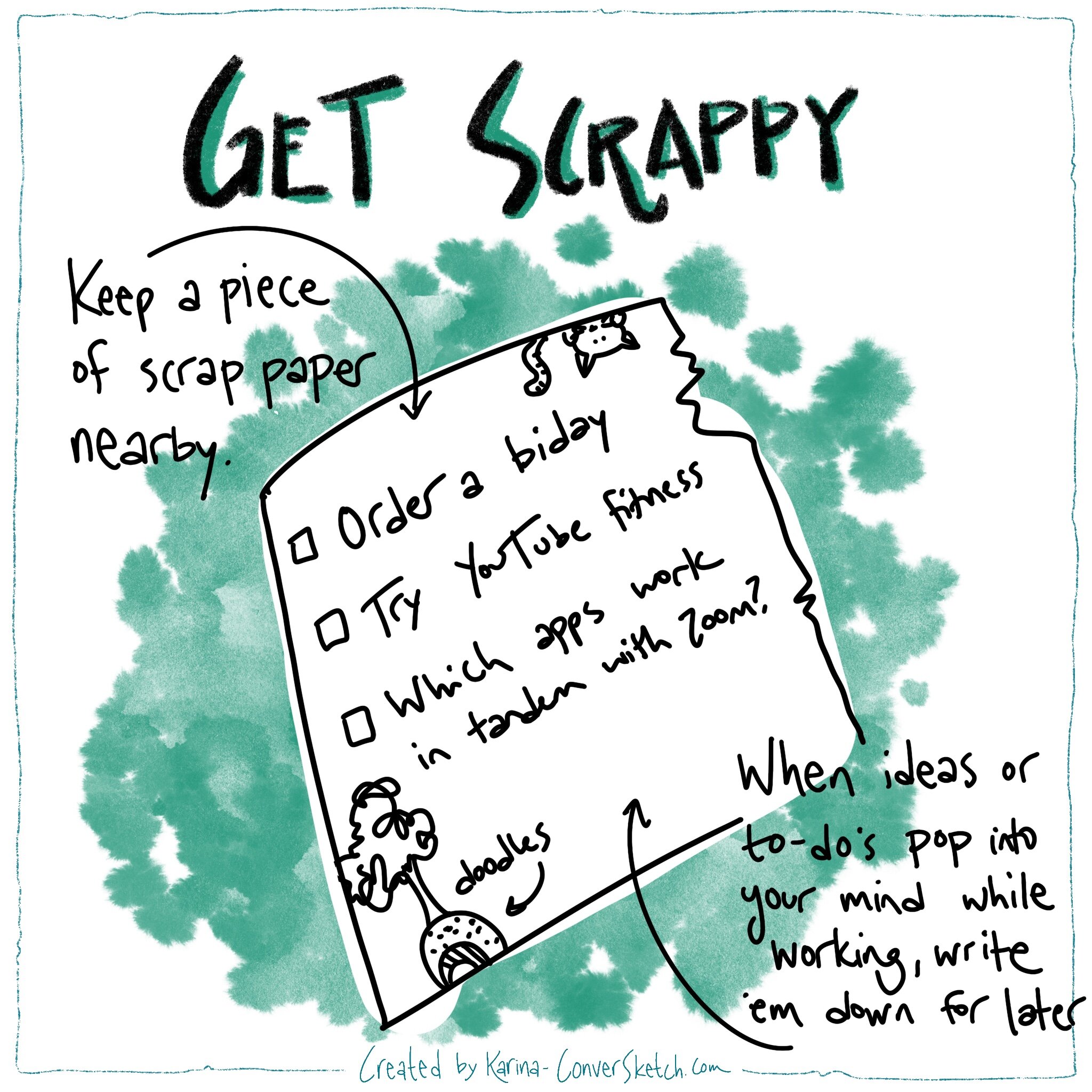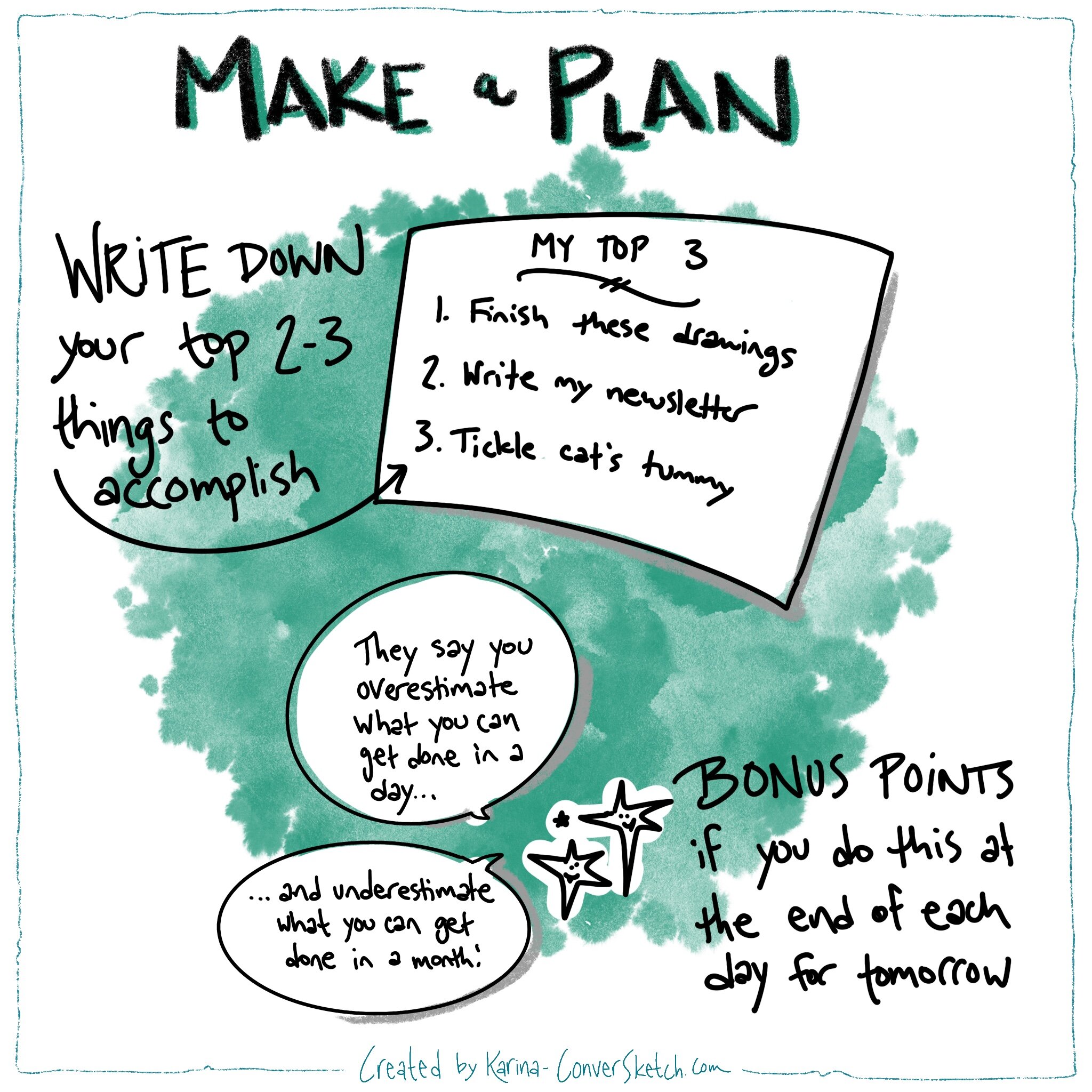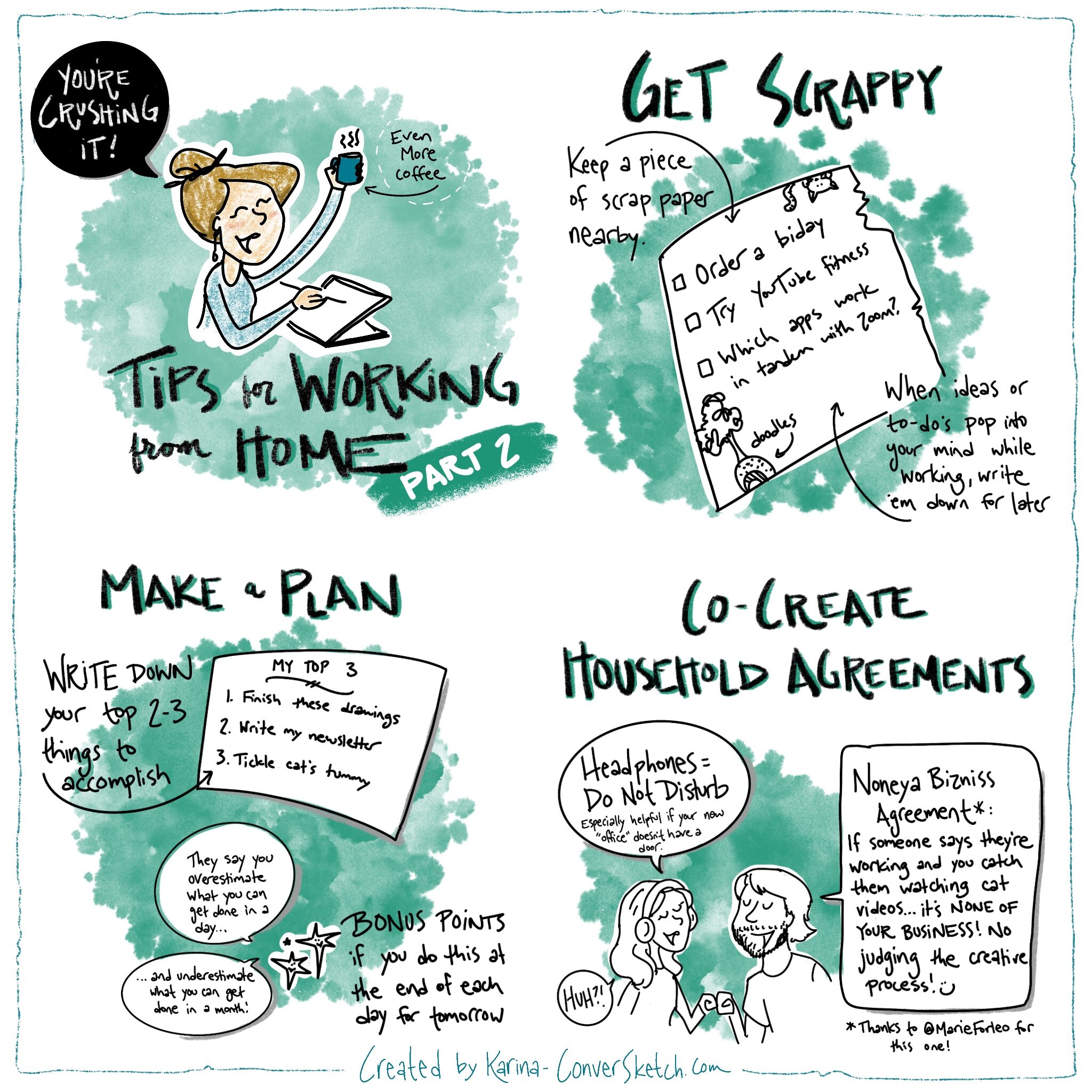As I was floating in a river canyon last week, thinking those sorts of nebulous thoughts, a memory clicked into place while gazing at the ancient stone and water around us.
Way back in 2018 (that was at least 15 years ago, right?), I partnered with the Environmental Defense Fund and Colorado State University to graphic record a series of systems thinking workshops looking at pollinator habitat in midwestern agricultural lands. Over several months, this thoughtful team took a deep dive into systems thinking and I visually mapped out the process and ideas as we went.
With so many moving parts, mental models, things we can/cannot control, emotions, perspectives, and information to sort through, it felt overwhelming to make decisions or know what we could do to make a positive change.
As we leaned into the systems thinking tools, we began to practice and see how they were one way to help us clarify complexity, map out relationships, and illuminate patterns or points of leverage that had previously gone unrecognized.
So, this last week as I was wondering why it felt like so many complex and difficult things are colliding right now in my country, and why the heck can’t we think long-term and collaboratively to solve problems, a sketch from 2018 popped into my mind:
This drawing shows the time cycles of different elements of the pollinator/ag system we were mapping, and how each element’s cycle is quite different than the others.
For example – our political cycle is four years, while many ecological cycles are much longer (100+ years). And the agricultural cycle is much shorter – just one year. So, if each of these cycles is driven by a different time constraint, the patterns of misalignment start to become clear. And the motivation to create policy or strategies that wouldn’t come to fruition until 10, 20, 100 years later…those are less persuasive in an election year.
Systems mapping also created a framework to being understanding where changes could be made, and where ripple effects might begin.
I love this question from Hugh McLeod: Where can the smallest change make the biggest difference?
So, in times where challenges seem enormous, pick up a pencil and make a few marks – you might be surprised at what becomes clear and where YOU can make a difference.
I am delighted to get to share some Very Exciting News!
When I first found out about graphic recording back in 2010, I took a training in the Bay Area which shaped how I approach the work and gave me a strong foundation to build my practice on. Since then, I’ve had the delight to become friends with one of the instructors, Emily Shepard of The Graphic Distillery. Em is kind, funny, compassionate, extremely talented, and an exceptional teacher.
Why am I telling you all this? Because she just launched her new online course, Draw It Out! If you’ve ever wondered if YOU could take better visual notes or become a graphic recorder, this is your moment. She created this course to help equip people with tools to better understand each other and communicate more easily. Check out her course overview and outcomes here!*
And if you want a MASSIVE discount of $100 off, be sure to register before Friday, October 9th at 8 pm Pacific using the code birdflightdio.
This is an affiliate link, so if you register I get a kickback because that’s how Emily rolls. For the record, I’d promote the sh*t out of this class regardless because she’s amazing.
Once again, thank you from my heart and soul for your support, great senses of humor, brilliant minds, collaboration and what you're each doing to make the world a better place.
Cheers,
Where in the Virtual World is ConverSketch?
Children with Medical Complexity: In the last of a series of virtual reflections with universities and health campuses across the country, the graphics summarize lessons learned, accomplishments, and where these teams can focus in the future to support families and children in their health.
On Trails and the River: We snuck out for a small rafting trip in Western Colorado/Eastern Utah last week. Here’s a plein air watercolor I sketched at camp one evening. Spending time in nature fuels my creativity and soul, and I am feeling particularly privileged to have access to public lands, equipment, and time away.
Water Research Vision 2050: Phase one of this project is also coming to a close this fall, and we are gearing up for the final Writing Workshop later this month to refine a framework for the Agricultural Research Service’s vision for water research in the coming decades.





